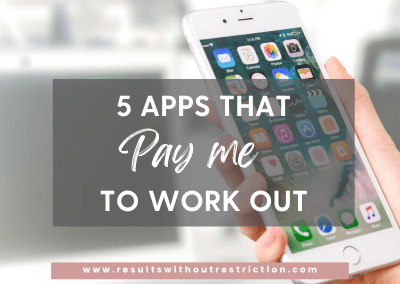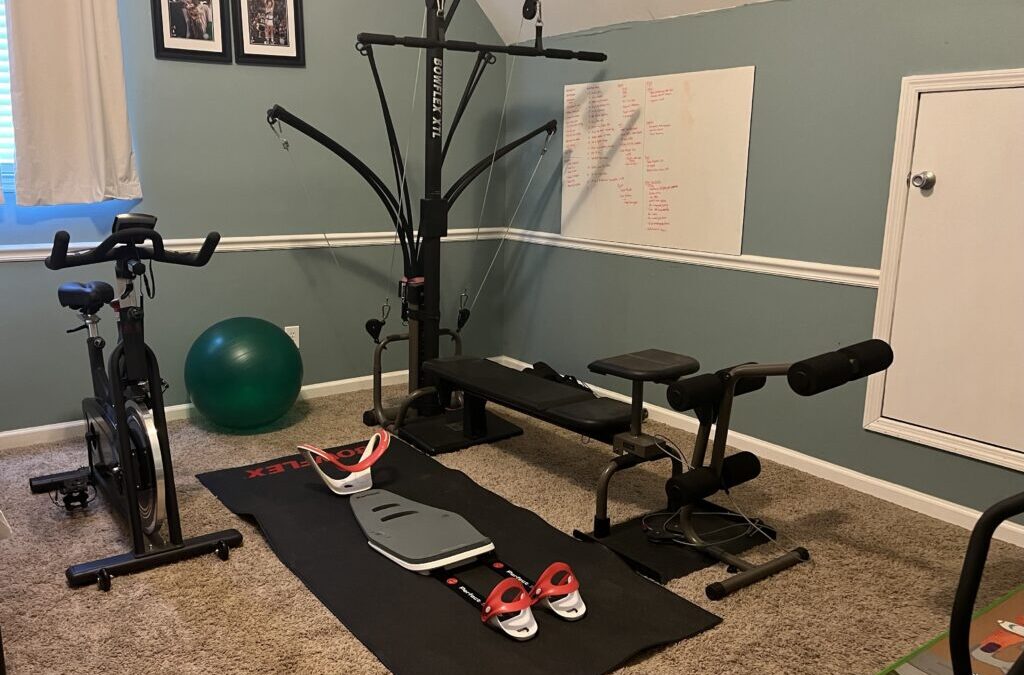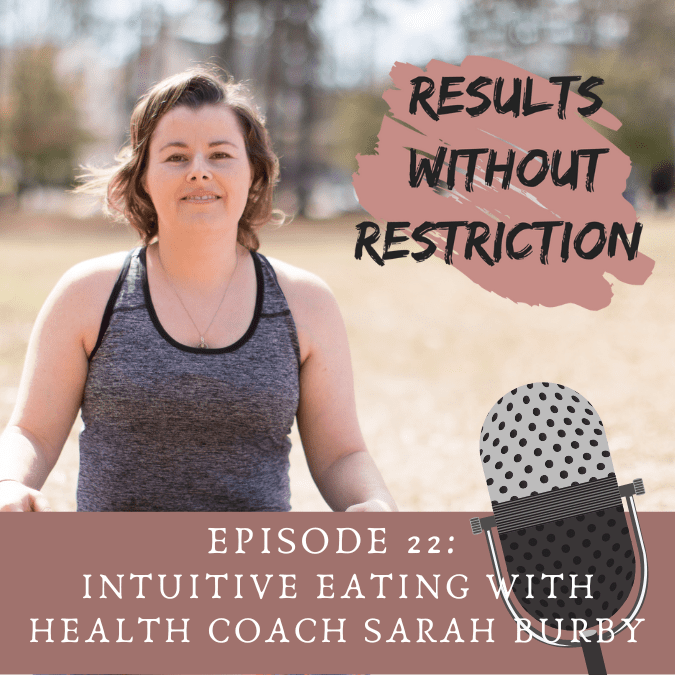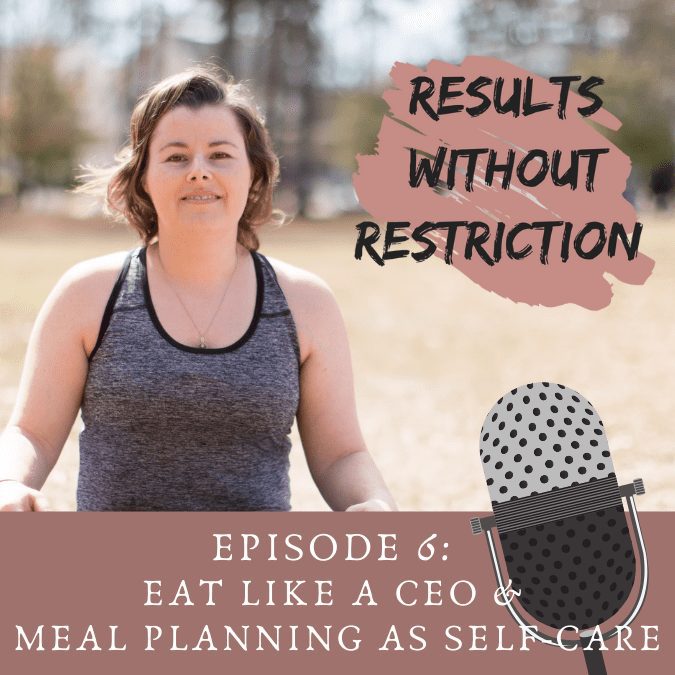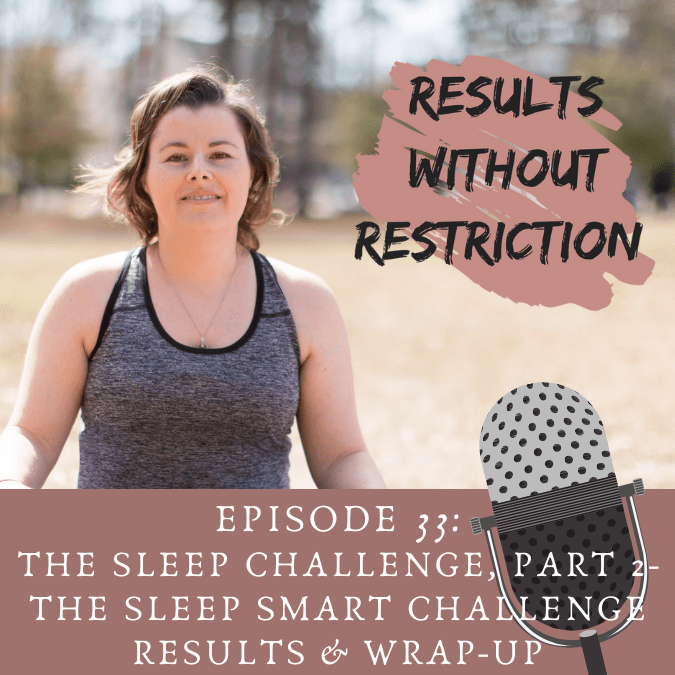This post contains affiliate links
If you’ve ever rolled your eyes at the idea of intuitive eating, you’re not alone. It’s often misunderstood and dismissed as just “eating whatever you want” or a trendy wellness buzzword.
But when you look closer at intuitive eating basics, what you find is a powerful, evidence-based framework for healing your relationship with food, your body, and your health.
This is a beginner-friendly guide to intuitive eating basics, written for anyone who has ever misunderstood intuitive eating as permission to eat with abandon or ignore nutrition altogether.
It breaks down six foundational truths that clarify what intuitive eating really is, a structured, empowering approach to food that centers body trust, emotional awareness, and long-term well-being.
If you’ve ever assumed intuitive eating means giving up on health goals, this guide will challenge those assumptions and offer a more accurate, compassionate perspective.
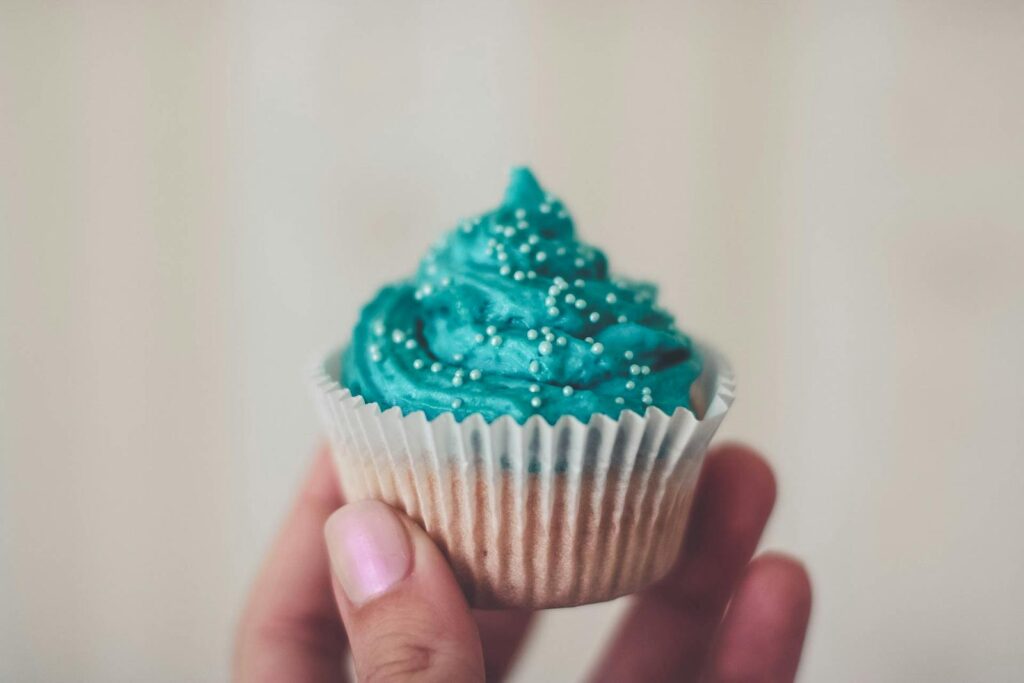
Before you decide it’s not for you, here are six truths about intuitive eating that might just change your mind.
What’s Inside the Guide…
Intuitive Eating Basics #1: It’s not a free-for-all, there’s structure behind the freedom.
One of the biggest misconceptions about intuitive eating is that it’s just eating whatever you want, whenever you want, with no regard for health, hunger, or balance. But intuitive eating isn’t about throwing out structure—it’s about creating a new kind of structure based on body awareness rather than rigid external rules.
The ten principles of intuitive eating (originally outlined by dietitians Evelyn Tribole and Elyse Resch – You can check it out here on Amazon) provide a clear roadmap. You don’t jump straight to “gentle nutrition” on day one. You start by unlearning the diet mentality and learning to tune into hunger, fullness, satisfaction, and emotional triggers.
It’s not chaotic. It’s a skill-building process.
Intuitive Eating Basics #2: You can still care about nutrition without falling back into dieting.
Many people assume intuitive eating means abandoning all health goals. But intuitive eating actually includes nutrition it just reframes how you approach it.
The final principle of intuitive eating is called gentle nutrition, and it’s all about adding nourishing foods in a way that feels sustainable, not punishing. It’s the difference between “I have to eat salad or I’m being bad” vs. “I know I feel energized when I include greens at lunch, and I’m craving something fresh.”
You don’t have to give up your health values. You just stop letting guilt drive the bus.
Intuitive Eating Basics #3: You may need to unlearn diet rules before you feel “in control” around food.
If you’ve ever said “I could never be trusted around a bag of chips,” know this: that response is often a direct result of restriction.
When you’ve been taught to fear or avoid certain foods, your brain reacts with urgency and scarcity the moment you’re around them. That’s not a lack of willpower, it’s your body’s survival instinct.
Intuitive eating helps you neutralize foods so they stop having power over you. That usually takes some unlearning first. The out-of-control feeling is temporary and it’s part of the process.
Intuitive Eating Basics #4: Weight loss is not the goal but that doesn’t mean you can’t care about how you feel.
This is a tough one, especially if you’ve spent years chasing a smaller body.
Intuitive eating asks you to let go of weight loss as a primary goal, not because your feelings about your body don’t matter, but because constantly focusing on weight tends to get in the way of truly listening to your body.
That said, you’re allowed to care about how you feel in your body. You’re allowed to want energy, comfort, confidence, ease of movement, or strength. You get to redefine what “results” look like for you.
Intuitive Eating Basics #5: You can’t fail at it but you can practice.
Unlike a diet, intuitive eating isn’t something you can mess up. There are no “cheat days” or “starting over Monday.” That’s a feature, not a flaw.
You might overeat sometimes. You might ignore your hunger cues. You might have moments of doubt. But that doesn’t mean you’re doing it wrong, it means you’re learning.
Intuitive eating is a practice, not a pass/fail test. And over time, you get better at hearing, honoring, and responding to your body’s signals.
Intuitive Eating Basics #6: It’s personal and it deserves protection.
Your intuitive eating journey will be different from anyone else’s, and that’s part of the beauty.
You may have friends who are still deep in diet talk. You might face pressure from doctors, family, or wellness influencers who think they know what’s best for your body. That’s why setting boundaries and protecting your space is a key part of this work.
You’re doing something radical something rooted in trust, care, and long-term health. That deserves respect, both from others and from yourself.
Final Thoughts
Intuitive eating isn’t easy but it is worth it. It’s a path back to trust, peace, and a relationship with food that’s rooted in self-respect instead of self-control.
If this post opened your eyes to a different side of intuitive eating, I invite you to explore more. Each of the six points above links to a deeper dive post to help you better understand this framework and how it can fit into your life—no food rules required.
Frequently Asked Questions About Intuitive Eating Basics
What is intuitive eating, exactly?
Intuitive eating is a self-care eating framework that helps you rebuild trust with your body and make food choices based on internal cues—like hunger, fullness, satisfaction, and energy rather than external diet rules.
It was developed by dietitians Evelyn Tribole and Elyse Resch and is supported by ten principles that guide the process.
Is intuitive eating just an excuse to eat junk food?
Not at all. That’s a common myth. While intuitive eating removes the guilt around food choices, it also includes a principle called gentle nutrition, which supports making balanced, nourishing decisions without restriction, shame, or rigid rules.
Can I practice intuitive eating and still want to be healthy?
Absolutely. In fact, intuitive eating is rooted in long-term health and well-being. It encourages you to define health on your own terms, including things like energy, mood, mental clarity, emotional resilience, and satisfaction not just numbers on a scale.
How do I know if I’m doing it “right”?
There’s no perfect way to do intuitive eating, and that’s the point. It’s a personal practice. You’ll have ups and downs, and that’s completely normal. Progress isn’t measured by perfection it’s measured by your ability to tune into your body and respond with kindness and curiosity.






